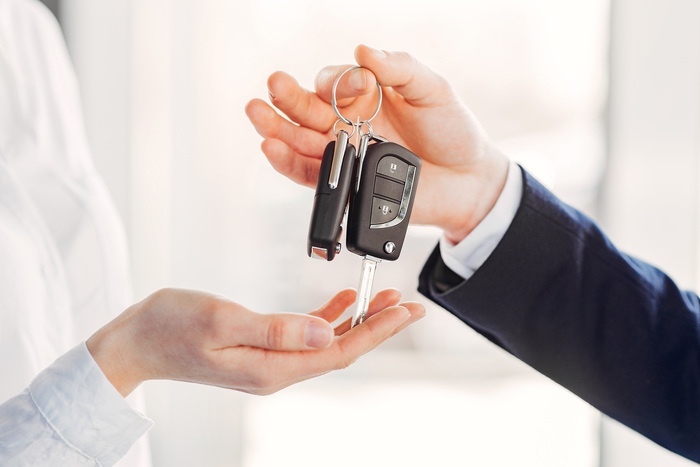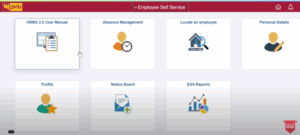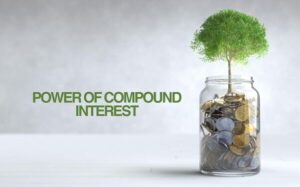What You Need To Know Before Buying A Used Car

When it comes to buying a used car, there are many things to consider – especially if you’re new to the process. This article has the information that you need in order for you to make an educated decision about what car is best for your needs and wants!
What to Look For When Buying A Used Car
When buying a used car, you’ll need to be aware of the following:
- The vehicle’s history: Make sure to inquire about any accidents or problems the car has been in. Also, check for any recalls that may have been issued for the car.
- Mechanical condition: Check for dents, scratches, and other signs of wear and tear. Be sure to test drive the car before making a purchase to ensure that it runs smoothly.
- Price: Don’t overpay for a used car. Remember that you’re getting a vehicle at a discounted price, so don’t expect it to be in perfect condition or have never been driven in rain or snow.
- Location and condition of the lot: Ensure that the lot is clean and well-maintained. Also, make sure to inspect the cars inside the lot carefully; some may not be as advertised.
How to Spot a Bad Deal
If you’re thinking of buying a used car, there are a few things you should know. Here are some tips to help you spot a bad deal:
- Check the Vehicle Identification Number (VIN). Make sure the VIN is accurate and matches the information in the vehicle’s title. If it doesn’t, the car might not be legal for sale.
- Check the odometer reading. This is an important indicator of how much mileage has been put on the car since it was last registered and serviced. If it’s high, that could suggest that the car has been driven aggressively or isn’t in great condition.
- Look for signs of damage or wear. A used car that looks well-maintained will typically have less damage than one that looks worn or damaged.
- Ask about any recalls or safety issues with the car. If there are any known recalls or safety issues with the vehicle, make sure to inquire about them before making your purchase.
Check auto warranty
When you’re shopping for a used car, it’s important to know what kind of warranty options are available. There are three types of warranties: the standard 3-month or 6-month warranty, an extended warranty, and a Buyback protection plan.
The standard 3-month or 6-month warranties cover the mechanical components of the car. They don’t cover anything that’s related to the electrical system, bodywork, or drivetrain.
Affordable extended auto warranties usually offer more coverage than standard warranties. They might include coverage for things like damage caused by accidents, theft, water damage, and even natural disasters like floods or earthquakes.
Buyback protection plans are a special type of warranty that offers buyers the option to buy back their car if it’s in bad condition after the warranty expires. The plan normally has a fixed price and a set time limit.
Check Engine Light: The Ultimate Test for a Used Car
If you’re considering buying a used car, it’s important to know what the check engine light means and how to test for it. The check engine light is typically a warning sign that something is wrong with your vehicle’s engine. But how do you know if the light is really flashing? And what should you do if it is? Here are four tips for checking your car’s check engine light:
1. Check the Engine Light Switch
Most cars have a switch on the dash that turns the check engine light on and off. If the switch isn’t working, or if you can’t turn the light on at all, your car probably has a problem with its wiring. Call a mechanic to fix it.
2. Remove the Hood and Check for Defects in the Engine
If you don’t have access to the switch, you can try removing the hood and checking for defects in the engine directly. Look for leaks and cracks in the cooling system, as well as anything blocking airflow into or out of the engine. If everything looks good, reinstall the hood and try turning on the check engine light again.
3. Check Your OBD-II Code
If none of these methods work, your next step is to look up your car’s OBD-II code online (most major automakers have websites where you can enter your VIN number). This code will tell you exactly what kind of problem your car is having and where to take it for repairs.
4. Take Your Car to a Mechanic for a Diagnosis
If you still can’t get the check engine light to turn off, or if it’s flashing consistently, it’s time to take your car to a mechanic for a diagnosis. A mechanic will be able to check your car’s engine more closely and may be able to fix the problem right away.
Tips for Financing a Used Car
Whether you’re a first-time car buyer or someone who’s been buying and selling used cars for years, there are some things you need to know before making your purchase. Here are five tips for financing a used car:
1. Shop Around Before Making A Purchase
The first step is to find the best deal on a used car. Make sure to compare prices and features of different models. Use online resources like Edmunds or CarMax to get an overview of the available cars.
2. Get Approved For A Loan Early In The Process
It’s important to have a loan approved as quickly as possible so you can begin the process of buying a car. While banks may be more willing to lend money for a new car, they may be less likely to do so for a used car. Consider looking into auto loans from online lenders like LendingClub or Prosper.
3. Negotiate The Payment Terms And Interest Rate
When negotiating the terms of your loan, be prepared to haggle over interest rates and payment periods. Try to get an agreement that fits both your financial needs and the wants of the dealership you’re working with. Don’t forget about down payment assistance programs that can reduce your monthly payments significantly.
4. Get Pre-Approved For Insurance And Maintenance Plans
Before you buy a used car, it’s important to make sure it’s fully insured and has comprehensive maintenance plans in place. Ask the dealership if they can provide these documents before you make the purchase.
5. Have A Backup Plan In Place
If something goes wrong with your car after you’ve purchased it, don’t be afraid to get help from a third party. There are a number of car repair and insurance companies that offer services to consumers.
Weighing the Pros and Cons of a Trade-in
If you’re thinking about trading in your car, there are a few things to consider. On the one hand, a trade-in can be a great way to get a good deal on a new car. On the other hand, trading in your car may mean giving up some of its sentimental value. Here’s a look at the pros and cons of trading in your car.
Pros of Trading In Your Car:
- You could get a good deal on a new car.
- You could reduce your monthly payments by trading in your car.
- You could save money on insurance premiums by trading in your car.
- If you’re looking for an eco-friendly option, trading in your car could be a good way to go. New cars usually use more fuel than older models, so trading in your old car can help reduce energy consumption overall.
- Trading in your old car may free up space in your garage or driveway, making it easier to find room for a new one.
Cons of Trading In Your Car:
- Giving up some of the sentimental value of your old car may be tough to stomach.
- It may be difficult to find the right home for an old car that’s been traded in, since most dealerships want newer models on their lot.

Mahesh Kumar is a dynamic marketing consultant and tech enthusiast with a passion for driving business growth through his innovative strategies and cutting-edge technology. With 6 years of experience in the industry, he has helped numerous businesses leverage the power of digital marketing to reach their target audience, build brand awareness, and increase sales.







